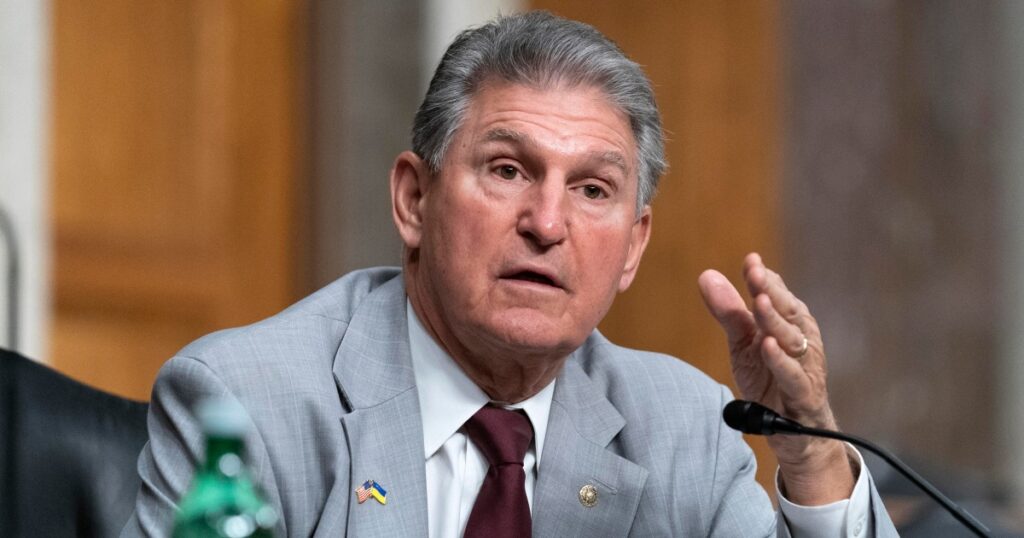Understanding the Debt Ceiling: Implications and Updates
The debt ceiling is a crucial aspect of the United States’ financial system that often garners significant attention. It refers to the maximum amount of debt that the government can legally borrow to fund its operations. When the debt ceiling is reached, the government must take measures to avoid defaulting on its obligations. Failure to raise the debt ceiling can have severe implications, including a potential government shutdown, delayed payments to government employees, and a negative impact on the economy.
Updates on the debt ceiling are closely monitored by economists, policymakers, and the general public. The government must periodically raise the debt ceiling to accommodate its increasing debt levels. Failure to do so can lead to a financial crisis, as the government may not be able to meet its financial obligations. The debt ceiling has been a topic of intense debate and negotiation in recent years, with political parties often clashing over the best course of action. It is essential to stay informed about the latest updates on the debt ceiling to understand its implications on the economy and government operations.
Comprehensive Guide to Student Loan Forgiveness: Key Details
Student loan forgiveness has become a hot topic in recent years, as the burden of student loan debt continues to weigh heavily on many individuals. Student loan forgiveness refers to the cancellation or discharge of student loan debt, relieving borrowers of their obligation to repay the full amount borrowed. There are various programs and options available for student loan forgiveness, each with its own eligibility criteria and requirements.
One of the most well-known student loan forgiveness programs is the Public Service Loan Forgiveness (PSLF) program. This program offers loan forgiveness to individuals who work full-time for a qualifying public service organization and make 120 qualifying payments. Another popular option is the Income-Driven Repayment (IDR) plan, which adjusts monthly loan payments based on the borrower’s income and family size. After a certain number of payments, any remaining loan balance may be forgiven.
It is important to note that student loan forgiveness is not automatic and requires meeting specific criteria. Additionally, the eligibility and terms of these programs may change over time, so it is crucial to stay updated on the latest information and guidelines. Exploring the various options for student loan forgiveness and understanding the key details can help borrowers make informed decisions and potentially alleviate the burden of student loan debt.







